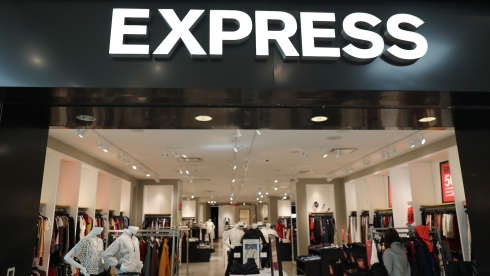The deaths of 15-year-old Hadiya Pendleton and 6-month-old Jonylah Watkins within a two-month span invite us to place the experiences of Black women and girls at the center of Chicago’s violence conversation. The realization that the number of bullets that killed baby girl Jonylah nearly matched the number of months she lived took my breath away. It is possible that her short life was bookended by gun violence, as there have been reports that her mother was shot while pregnant with Jonylah; though Chicago Police Superintendent Gary McCarthy has stated that the shooting never occurred, one can't help but to wonder just why such a rumor came to be.*
The tragic deaths of these two children, both casualties of culture of street conflict that had nothing to do with them, reminded us that our girls and women are victimized, terrorized, and traumatized by violence, too.
Though pictures of Jonylah’s precious little body in her casket have been floating all over Facebook, frankly there seems to be less outrage over her death than there was when the pictures of Emmitt Till’s lynched body resurfaced as a meme after an unfortunate rap lyric from Lil’ Wayne. Till’s body galvanized a movement; Jonylah’s broken body has become mere spectacle, worthy of perhaps only a shaken head and a few hastily typed words of sadness.
Black people across the country are still heartbroken over the death of Trayvon Martin and outraged over the recent shooting of Brooklyn teenager Kimani Gray at the hands of two plainclothes police officers—as we should be. Yet, we do not seem to have enough outrage to go around when it comes to the deaths of Black women and girls.
Why have there been no national memorials, marches or Facebook memes for Rekia Boyd, a 22-year-old woman, shot and killed last March by an off-duty Chicago police officer?
In Rekia’s case, the off-duty officer, Dante Servin, escalated an altercation he was having with a man standing near her by firing his gun. Rekia was hit by a stray bullet. As was Hadiya. A stray bullet is a stray bullet no matter whose gun fires it. Their murders demonstrate that state-sanctioned gun violence and extralegal street violence are ideologically related. Aggressive policing and aggressive gang violence involve men using weapons at their disposal to police turf, demonstrate power, and force the fearful submission of others through the threat of violence. That Black women and girls are the frequent and unintended casualties of these testosterone-fueled interactions is not that surprising.
Guns, by their very presence, escalate conflict. That is no less true when it is the police than when it is a gang or clique. In 2012, at least 31 women and girls were killed due to gun violence in Chicago. The vast majority of these victims were Black and Brown. Black women and girls between the ages of 10-24 die from gun violence at a rate nearly 6 times that of white females in the same age group.
To place Black women and girls at the center of this conversation is inherently to implicate the Black men who are most frequently responsible for killing them. When we talk about Black-on-Black violence, that phrase usually refers to Black men killing Black men. Yet intimate partner violence is one of the most mundane sources of Black-on-Black violence and Black homicide. We do not know how to reconcile the telling of these inconvenient truths with our desire not to pathologize Black men and Black communities in the process. It is a far more convenient truth to talk about and turn our anger towards the regular abuses of power we experience at the hands of overzealous and racially aggressive police. In addition to pushing for a robust gun control policy that stops the flow of guns into Black communities, there are ways to address the violence by partnering with Black men, rather than pathologizing them.
CeaseFire, a Chicago-based organization, runs a program that monitors gang conflict and then intervenes to stop the violence. Ameena Matthews, a fearless crusader against gang violence, is one of the most effective "interrupters." Profiled in the PBS documentary, The Interrupters, Matthews uses her own experiences to gain the kind of credibility that allows her to talk to and reason with men on the verge of violence. She begins by acknowledging the humanity, pain, and emotion of the men with whom she works. And her work with individuals acts as part of a larger organizational strategy that conceives of violence in an epidemiological way in that, like other diseases, the best way to stop violence is to contain it at its points of origin, address its causes, and keep it from spreading.
It should go without saying, but since it so frequently doesn’t, I will say it: the lives of Black women and girls matter in the fight against violence. Hopefully, the tenor of Black collective outrage and the outpouring of Black political resources will begin to both acknowledge and reflect our value.
*Edited on 3/20/2013













